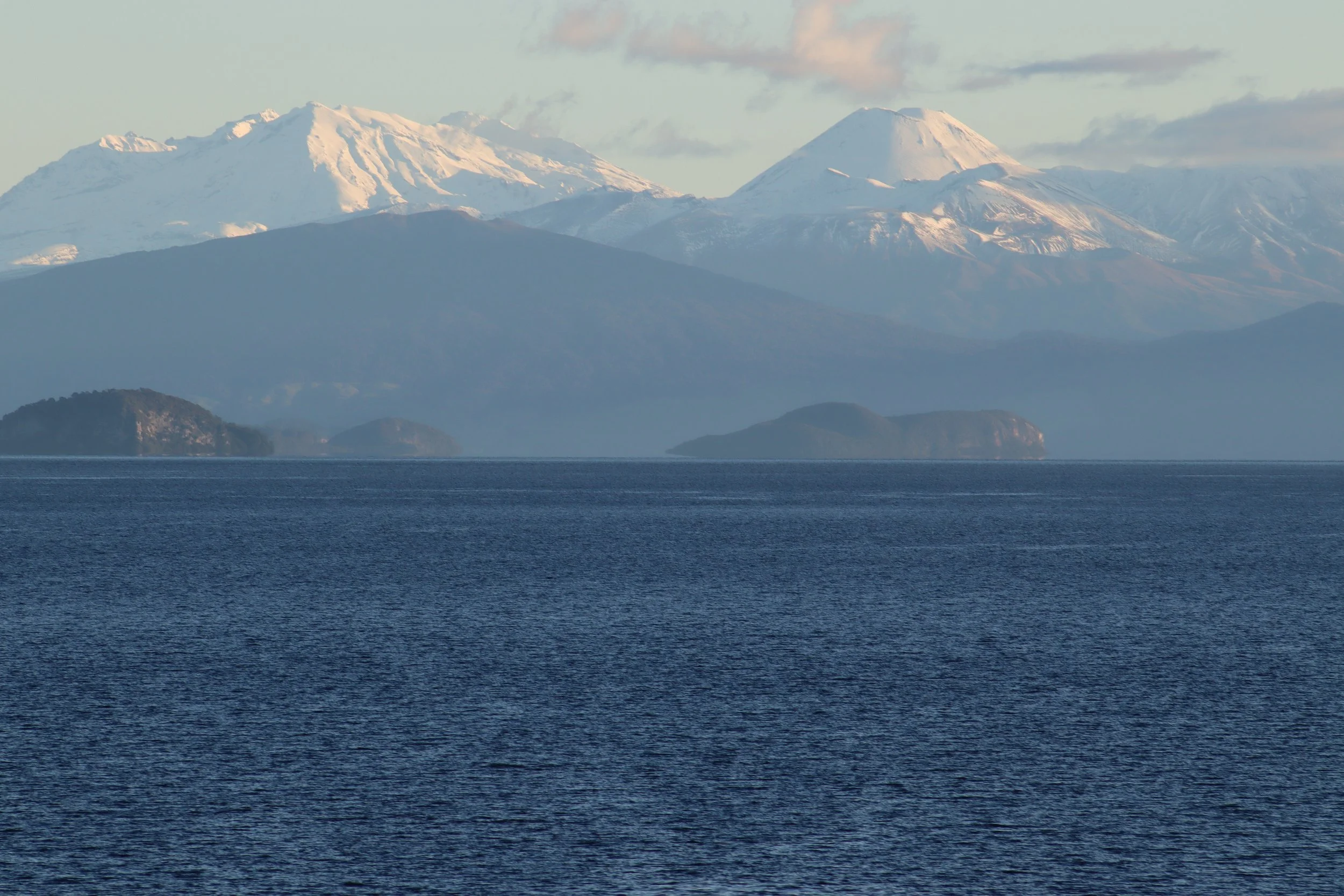The long view of lake protection
Collaboration is the key to maintaining the lake, says Taupō Lakes and Waterways Trust (TLAW) chairman Paul White.
Continued and concerted effort is required from both local and central government and large rural landowners including private farmers, and Ngāti Tūwharetoa which had been an active participant in the process from the outset, he says.
Past, present and future efforts to look after Lake Taupō through the Lake Taupō Protection Project (LTPP) will be presented by Paul on August 28.
He says the public meeting will summarise the history of the LTPP from community and corporate perspectives from 1996 to now, with the Ministry of Environment (MfE), Taupō District Council (TDC) and Waikato Regional Council (WRC) also summarising their achievements and current actions to protect the lake.
White said in his discussions with iwi one thing was always plain.
“It was absolutely dead clear that their priority was the lake, and they have been key partners through the whole process.”
Past challenges that had led to fractious discussions with productive sector concerns around land use, land use controls and consent for farming, still existed, White says, such as the need to intensify to counteract falling product prices.
However, farmers had signed deals to reduce intensification under the LTPP – such as in changing some areas into forestry.
“So, a willing buyer and a willing seller and that’s been instrumental in reducing the total nitrogen discharge which holds lake water quality in good hands for the future.”
Mike and Sharon Barton’s Lake Taupō Beef initiative is a good example of showing that producers could leverage off the environmental good the project achieved in protecting water quality in perpetuity, he says.
And while TDC expenditure is commonly a source of complaint, money spent on upgrading wastewater treatment plants around the catchment has led to improved environmental outcomes.
Interestingly, he says, in the initial years of the project some people were also complaining the other way – about a lack of progress, despite special rates being charged by TDC and WRC.
Over the years the administrators of the project, the Lake Taupo Protection Trust (LTPT), have purchased $81.5 million worth of nitrogen from farmers to reduce the amount flowing into the lake.
MfE and WRC contributed to LTPP policies and to project funding while the TDC funded lake protection with improvements to their ‘three waters’ (drinking water, sewerage and stormwater) infrastructure.
Currently, the LTPP continues with land use change from nitrogen purchases. WRC maintains LTPP policies and management of the Lake Taupō catchment including nitrogen consenting; TDC’s three waters capital programme is ongoing, and the council is the sole trustee of the LTPT.
The presentation at Waiora House, will begin at 5pm on Thursday, August 28.

